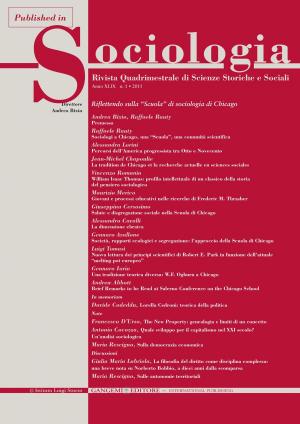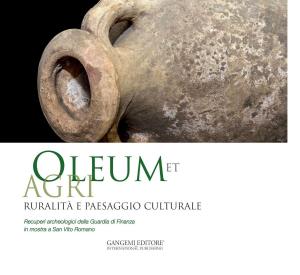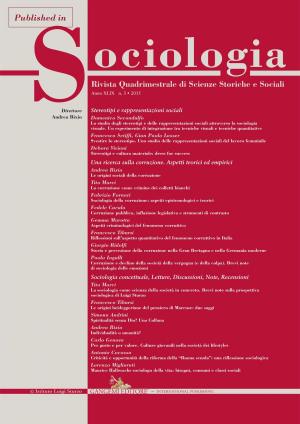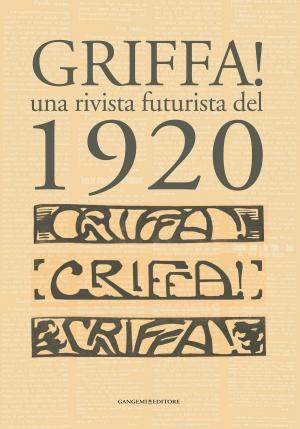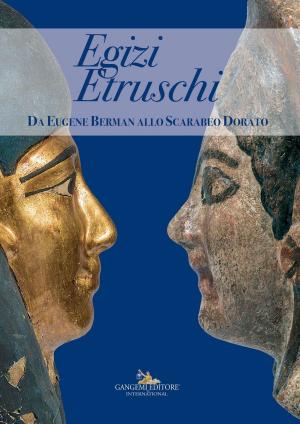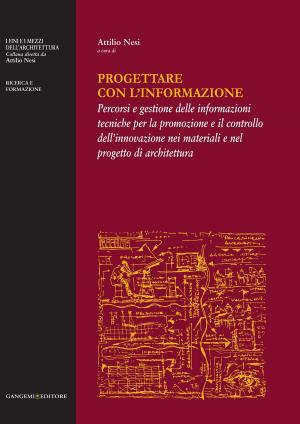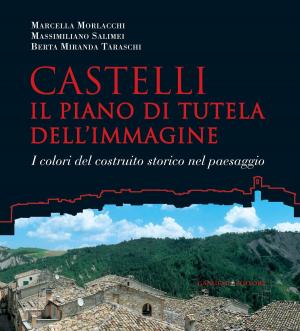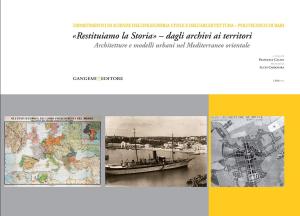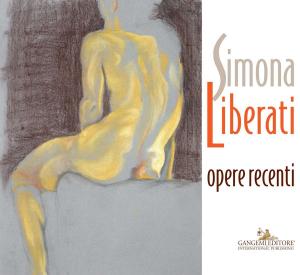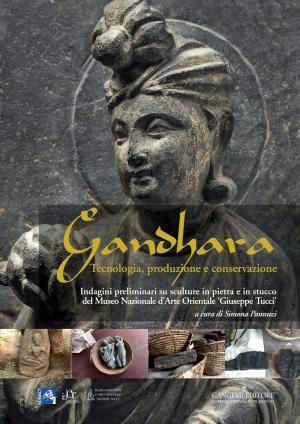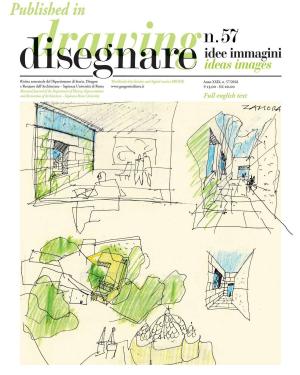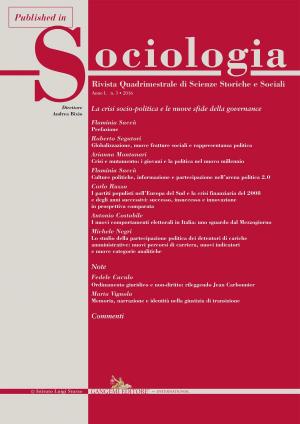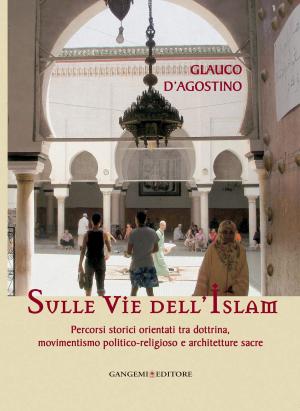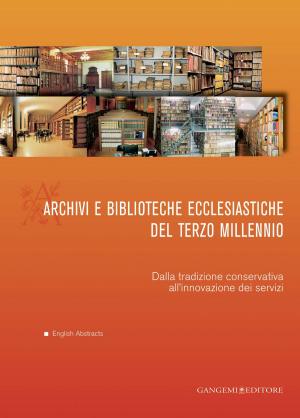Old or new waves in Capo Graziano decorative styles?
Published in Origini n. XXXVI/2014. Rivista annuale del Dipartimento di Scienze dell’Antichità – “Sapienza” Università di Roma | Preistoria e protostoria delle civiltà antiche – Prehistory and protohistory of ancient civilizations
Nonfiction, Social & Cultural Studies, Social Science, Archaeology, Anthropology| Author: | John Ll. Williams, Paola Vertuani, Maria Clara Martinelli, Sara T. Levi | ISBN: | 9788849294699 |
| Publisher: | Gangemi Editore | Publication: | March 7, 2017 |
| Imprint: | Gangemi Editore | Language: | English |
| Author: | John Ll. Williams, Paola Vertuani, Maria Clara Martinelli, Sara T. Levi |
| ISBN: | 9788849294699 |
| Publisher: | Gangemi Editore |
| Publication: | March 7, 2017 |
| Imprint: | Gangemi Editore |
| Language: | English |
Six main decorative styles have been tentatively distinguished in the Early-Middle Bronze age Capo Graziano incised pottery of the Aeolian Islands. This experimental study focuses on the analysis of 68 bowls from the islands of Lipari, Filicudi, Salina and Stromboli and from Milazzo in Sicily. The classification is based on motifs and styles, and integrates typology, technology, composition and decoration in their identification. The styles are linked to production centres showing different spatial and temporal variations and appear to reflect different dynamics: the expert “individual” craftsman, the design in fashion, the symbolic code or the fulfilment of specific functions. The evaluation of skill in application and variability in the concept are measured in order to assess the social implications in the production of the pottery. This interim investigation will continue to refine the chronology and to establish the decorative styles in other Aeolian Islands. It is possible that schematic elements in the decorative styles, such as undulating lines and metopes, reflect the maritime and insular environment of the Aeolian Islands.
Six main decorative styles have been tentatively distinguished in the Early-Middle Bronze age Capo Graziano incised pottery of the Aeolian Islands. This experimental study focuses on the analysis of 68 bowls from the islands of Lipari, Filicudi, Salina and Stromboli and from Milazzo in Sicily. The classification is based on motifs and styles, and integrates typology, technology, composition and decoration in their identification. The styles are linked to production centres showing different spatial and temporal variations and appear to reflect different dynamics: the expert “individual” craftsman, the design in fashion, the symbolic code or the fulfilment of specific functions. The evaluation of skill in application and variability in the concept are measured in order to assess the social implications in the production of the pottery. This interim investigation will continue to refine the chronology and to establish the decorative styles in other Aeolian Islands. It is possible that schematic elements in the decorative styles, such as undulating lines and metopes, reflect the maritime and insular environment of the Aeolian Islands.

